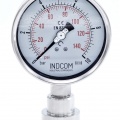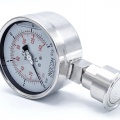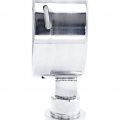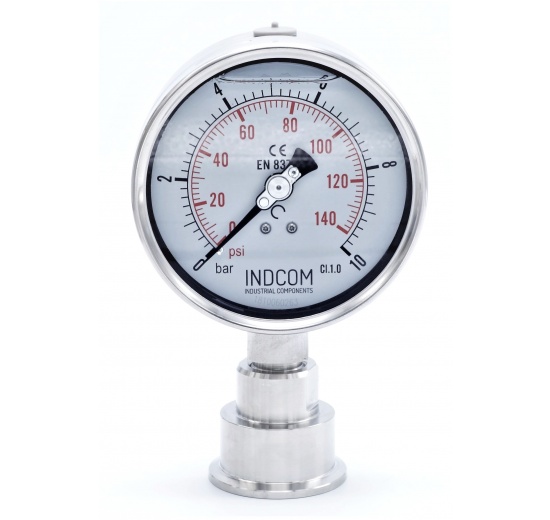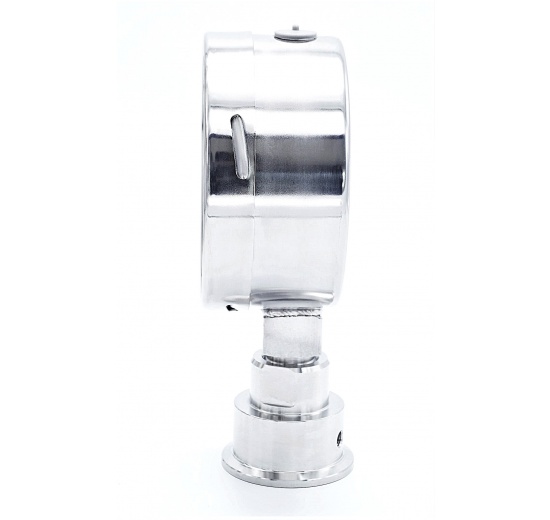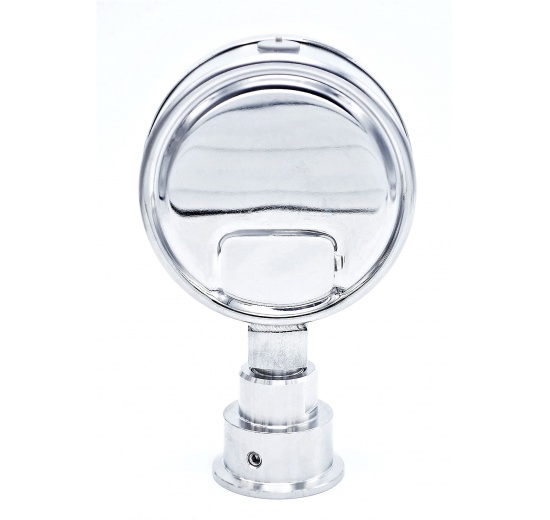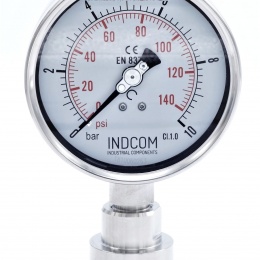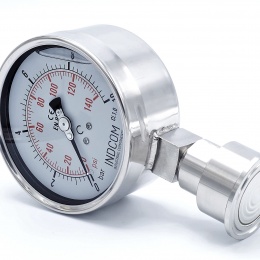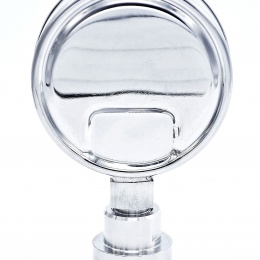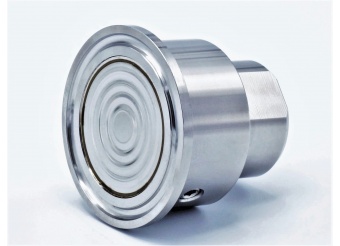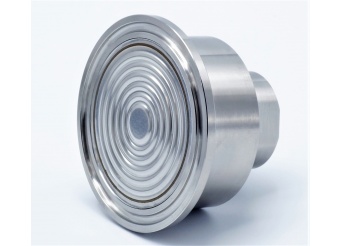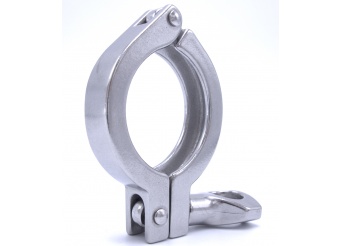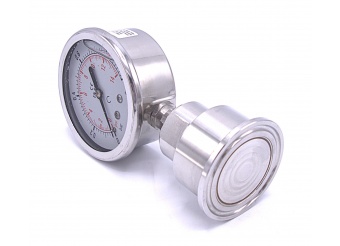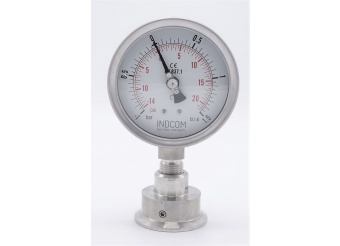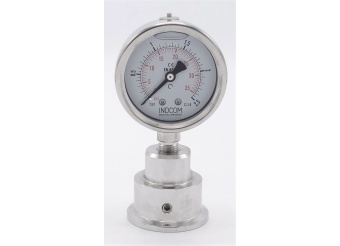Basic information
This type of pressure gauge (manometers) is used to measure the pressure of liquids and gases in cases where it is inadmissible for the measured medium to enter the measuring device of the pressure gauge.
The Use of These Manometers is Common in the Following Cases
- highly viscous liquids
- solid particles, sedimenting sludges
- hot liquids that solidify or crystallize when the temperature drops
- aggressive liquids
- in cases where there are strict requirements for perfect cleaning and sanitation of the system
The given concept consists in the use of a separating membrane and an inert liquid, which transmits the pressure to the measuring device of the pressure gauge (manometer).
Properties of Manometers with a Sanitary Diaphragm
- The manometer is made of stainless steel, the case material AISI 304, and the material of thread AISI 316. The scanning device is Bourdon's stainless coil.
- The connector is designed by the TIG method.
- Standardly supplied with glycerin filling
- Glass sight glass
- Bottom connection: DIN clamp DN 50 (collar 64mm)
- The dimension of the dial: DN100
- Range of measurement: 0–10 bar
- Meeting the requirements EN 837–1, class of accuracy CL 1.6.
- The material of sanitary diaphragm: AISI 316L (1.4404)
- The material of the CLAMP separator: AISI 304 (1.4301)
- Working temperature: –45 °C to +150 °C
- Diaphragm designed on a pressure range: 0–60 bar
- Filling liquid: food-grade oil
- Designed with an emphasis on long-term life and extreme operating conditions.
Installation of an All-stainless Steel Pressure Gauge (Manometer) with a Sanitary Diaphragm
The connection is made using a clamp sleeve and a silicone seal with a given clamp counterpart.
Fields of Application
Wineries, breweries, dairy industry, beverage industry, food production, pharmaceuticals, etc.






